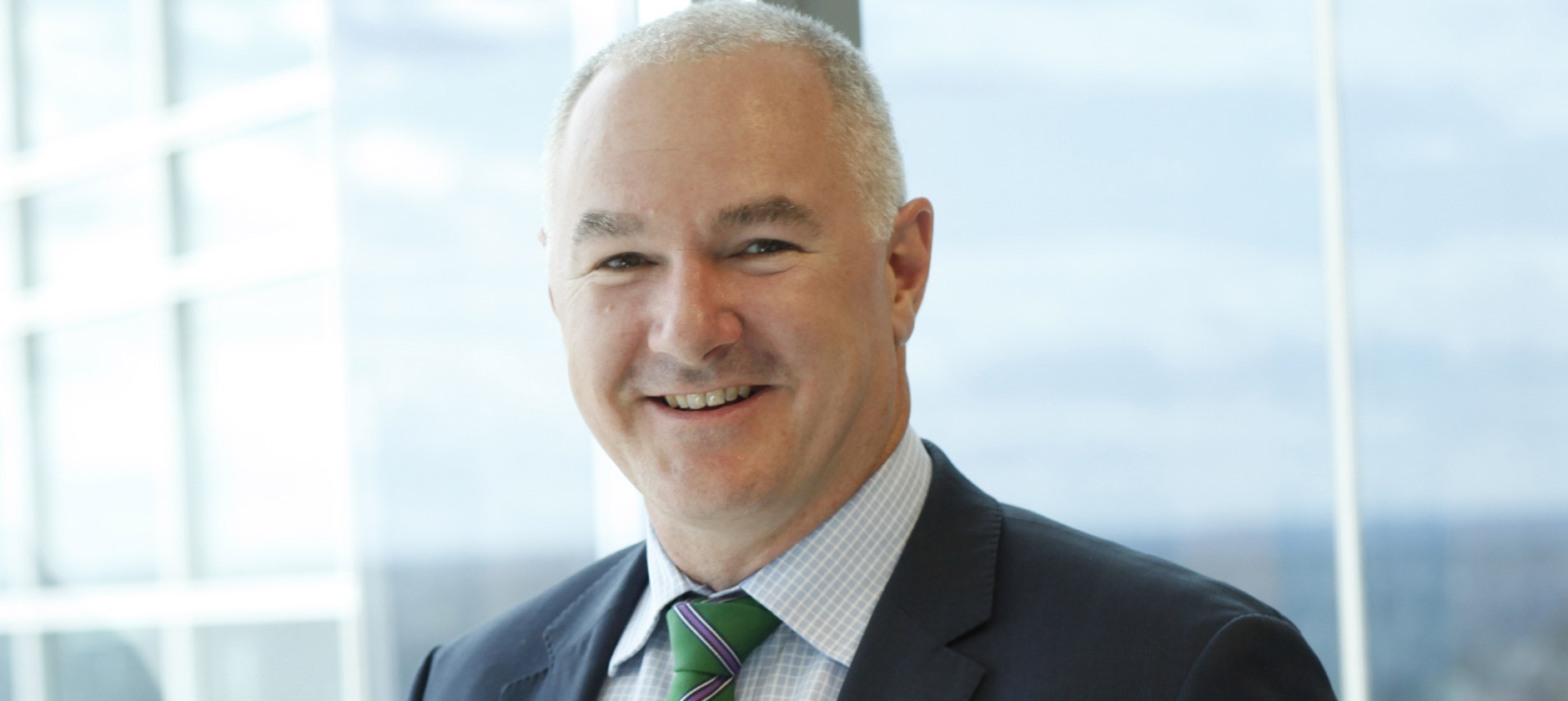With inflation easing more rapidly than forecast, signs the labour market is loosening and a pullback in spending from households, the RBA’s decision to keep the cash rate on hold at 4.1% was widely anticipated.
This was the third month in a row where the RBA board kept the cash rate steady; with key economic indicators softening over recent months there is mounting speculation the rate hiking cycle peaked in June.
The RBA was clear that inflationary pressures, especially in the services sector, remain elevated, but the trend is heading in the right direction and the RBA remains confident inflation will return to the target range in late 2025. The monthly Consumer Price Index (CPI) indicator showed a further easing in the headline inflation rate, recorded at 4.9% in the 12 months to July, down from 5.4% in the year to June and 8.2% over the 2022 calendar year.
CPI rents, which are allocated the second largest weighting within the CPI ‘basket’, remain a major inflationary driver, with the monthly CPI indicator reporting a 7.6% rise in the cost of rents in the year to July, accelerating from 7.3% in June. The trend indicates no slowdown in growth for rents paid. Although CoreLogic’s timelier rental index has recorded a fourth consecutive month of slowing rental growth, CPI rents show around an 18-month lag, suggesting rental prices are likely to add to inflationary pressures for some time yet.
It may be too soon for a pause in the cash rate to have a significant impact on purchasing demand. Although housing values have trended higher in the past few months, the recovery trend is occurring across volume that remains slightly below the five-year average. A more robust recovery in housing market activity is likely to be constrained by high interest rates and affordability hurdles in the short-term.
Additionally, consumer sentiment, which shows a close relationship with the volume of home sales, has held close to recessionary lows for almost a year. A material rise in dwelling sales is unlikely until we see a lift in consumer spirits. If we see a growing expectation that interest rates have peaked, alongside lower cost of living pressures, sentiment measures are likely to rise, but confidence has a long way to recover before getting back to a neutral setting.
A recent rise in new listings activity may also test buyer demand, and lead to milder growth in housing values, towards the end of 2023. While a pause in the cash rate may gradually instil more confidence in the market, this is still very much an uncertain and thinly traded upswing.
